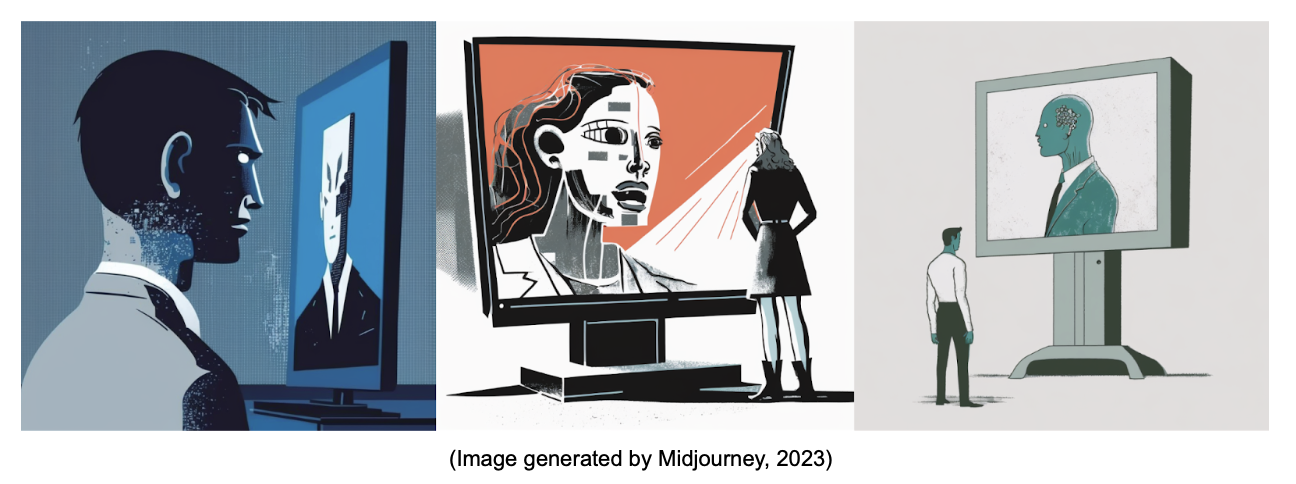The AI Revolution -
Natural Language Processing

The AI Revolution
Natural Language Processing


/en/the-ai-revolution/neural-networks/content/
In the previous lesson we learned about neural networks. Neural networks provide a powerful framework for modeling and understanding language, enabling computers to comprehend, generate, and interact with human language more effectively. Their ability to learn from large amounts of textual data has significantly advanced the field of Natural Language Processing (NLP).

“Natural Language Processing” or NLP is a field of computer science that focuses on the interaction between computers and "natural" languages, such as English, Spanish, and Chinese.
The goal of NLP is to enable computers to understand, interpret, and utilize language just like we do. It can be used for a variety of applications, such as chatbots, speech recognition, and language translation.
At a high level, NLP involves some key steps:
For example, let's say we want to build a chatbot that customers can use to answer questions about a particular product. The first step might be to train the chatbot using a large set of previous questions and answers.
During the training, the chatbot would learn to recognize common phrases and words associated with different types of questions, like: "What are the dimensions of the product?" or, "How long is the warranty?"
Once the chatbot has been trained, it can then use NLP to analyze new questions from customers, answering them in an appropriate way.
There are many examples of NLP in our daily lives, from voice assistants like Siri and Alexa to language translation apps like Google Translate. In addition to these applications, NLP is also used in other fields, such as…
Overall, natural language processing is a rapidly developing field. It has the potential to transform the way we interact not only with computers, but also each other.
Stay tuned to learn about robotics. But first, take the practice quiz to see how much you’ve learned in Lessons 3-6!
/en/the-ai-revolution/robotics/content/